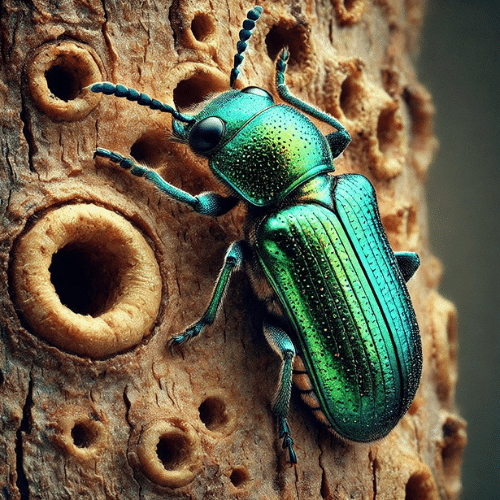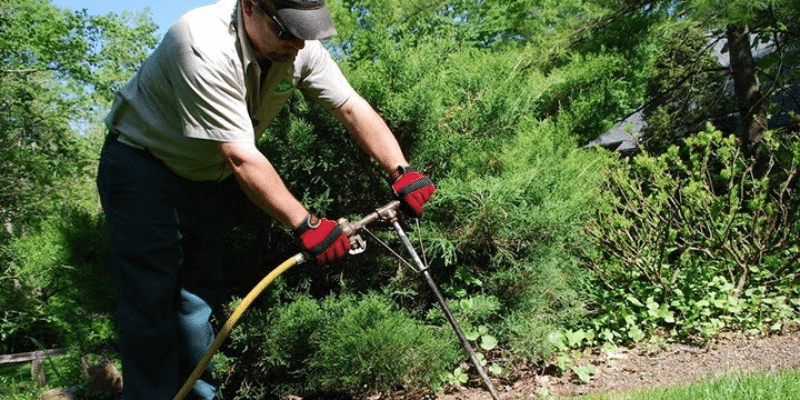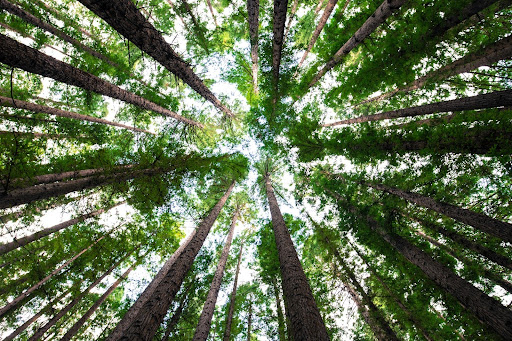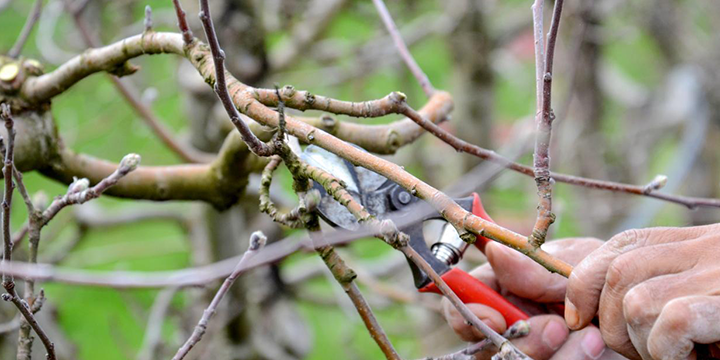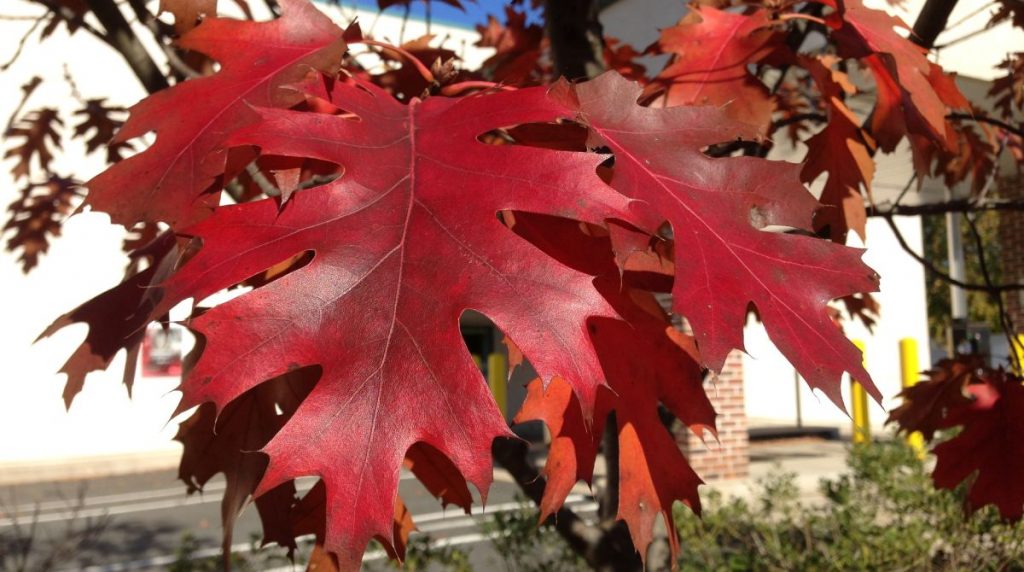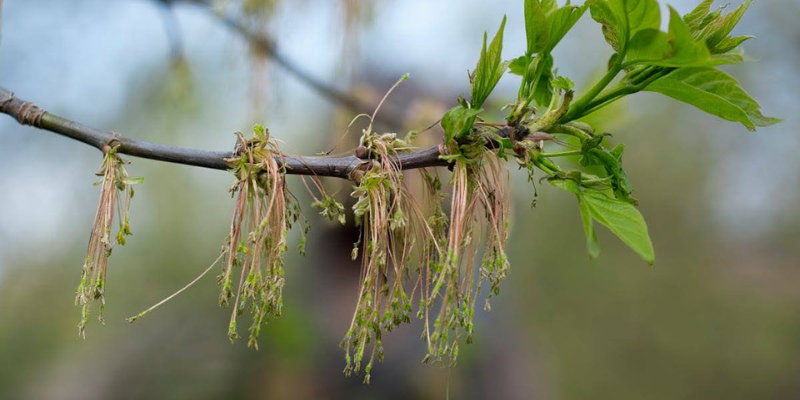
Date December 19, 2024
Category
Ash trees are among the most common and beautiful trees found in North America. They have been planted for centuries, admired for their towering heights, strong trunks, and lush, green leaves.
But in recent years, ash trees have faced serious threats from pests and diseases, most notably the emerald ash borer. These challenges have caused ash trees to decline in many regions.
However, with the right care and management, it’s possible to protect and preserve these majestic trees. In this article, we’ll explore the fascinating world of ash trees, the problems they face, and how proper tree care can help ensure their survival.
What Are Ash Trees?
Ash trees belong to the Fraxinus genus, which includes over 60 species. These trees are known for their tall, straight trunks and symmetrical canopies, which provide excellent shade. The wood from ash trees is valued for its strength and flexibility, making it ideal for tools, furniture, and even baseball bats.
In North America, the most common types of ash trees are the white ash (Fraxinus americana) and the green ash (Fraxinus pennsylvanica). Both are popular for their hardiness and ability to grow in a variety of soil conditions.
Ash trees can grow up to 80 feet tall and have a lifespan of several decades, sometimes even over a century when properly cared for.
Ash Trees Matter to the Environment
Ash trees do a lot more than just look pretty. They play an important role in the environment by helping to cool the air, prevent soil from eroding, and provide homes for wildlife.
Birds, insects, and other animals use ash trees for shelter, and the leaves that fall from these trees help enrich the soil by breaking down and adding nutrients.
In cities, ash trees are often planted in parks or along streets because they’re tough and can thrive in different conditions. Their wide canopies offer cooling shade, which helps reduce the temperature in urban areas, especially during the hot summer months.
The Threat of the Emerald Ash Borer
The biggest danger to ash trees right now is a small but deadly beetle called the emerald ash borer (EAB). This little insect has been destroying ash trees across the United States and Canada since it was first discovered here in 2002.
The emerald ash borer is metallic green and very small, but the damage it causes is huge. It lays its eggs on the bark of ash trees, and when the larvae hatch, they burrow into the tree and start feeding on its inner layers. This disrupts the tree’s ability to move water and nutrients, which eventually leads to the tree’s death.
Sadly, once an ash tree is infested with emerald ash borers, it usually doesn’t survive unless treated early. Millions of ash trees have already been lost to this pest, and the fight to save the remaining trees is ongoing.
Spotting an Emerald Ash Borer Infestation
If you have an ash tree, it’s important to watch for signs of an emerald ash borer infestation. Here are some things to look out for:
- D-shaped holes: These small, D-shaped holes appear in the tree’s bark where the adult beetles have exited.
- S-shaped tunnels under the bark: The larvae feed by burrowing under the tree’s bark, creating S-shaped galleries that disrupt the tree’s health.
- Thinning canopy: If the top of the tree looks sparse or the leaves are turning yellow, it could be a sign that the tree is under attack.
- Weak or dying branches: The tree might start growing small, weak branches in unusual places as it tries to survive the stress caused by the borers.
If you notice any of these signs, it’s time to act quickly. Professionals, like Treenewal, can assess the situation and determine whether treatment is possible or if the tree needs to be removed to prevent further damage.
Other Common Ash Tree Diseases
In addition to pests like the emerald ash borer, ash trees are also vulnerable to several diseases. Knowing what to watch for can help you keep your tree healthy.
- Ash Anthracnose: This disease causes black or brown spots on the leaves and can make them fall off early. While it’s usually not fatal, it weakens the tree, making it more prone to other issues.
- Verticillium Wilt: This is a soil-borne fungus that affects the tree’s ability to get water. It causes the leaves to wilt and can lead to branch dieback.
- Ash Yellows: A bacteria-like organism causes this disease, which leads to stunted growth, yellowing leaves, and sometimes branches dying off.
- Powdery Mildew: A white, powdery substance on the leaves indicates this common fungal infection. It rarely kills the tree, but it can make it look unsightly and cause leaves to drop.
The Importance of Tree Care
Caring for ash trees requires more than just watering and occasional trimming. Preventative care is essential, especially with the emerald ash borer threat looming.
At Treenewal, we understand how vital regular tree care is for keeping your ash trees healthy and protected. Our services include pest management to fight off insect pests, tree nutrition to keep trees strong, and pruning to ensure proper growth.
By staying ahead of potential problems, we can help trees resist pests and diseases more effectively. Pruning dead branches, applying the right treatments, and monitoring the tree’s health can make all the difference in its lifespan.
How to Protect Ash Trees
If you have ash trees on your property, there are a few key things you can do to help protect them from emerald ash borers:
- Monitor your tree regularly: Keep an eye on your tree’s leaves, bark, and branches. Look for signs of infestation, like the thinning canopy or D-shaped holes.
- Call a professional if you see signs of trouble: If you notice symptoms of emerald ash borers or any other issues, it’s important to act fast. Tree care experts like Treenewal can assess the damage and recommend the best treatment options, such as insecticides or, in some cases, tree removal.
- Regular maintenance: Proper pruning and soil conditioning can help ash trees stay healthy. Healthy trees are better able to resist pests and diseases.
The Future of Ash Trees
The future of ash trees is uncertain due to the widespread devastation caused by the emerald ash borer. However, ongoing research and conservation efforts are underway to protect these valuable trees.
Scientists are working on breeding ash trees that are resistant to the emerald ash borer, while others are exploring biological control methods, such as introducing natural predators of the beetle.
In the meantime, the best way to protect ash trees is through preventive care and early intervention. Regular monitoring, treatment, and professional care services can make a big difference in the survival of these trees.
Ash trees are an essential part of many ecosystems and urban landscapes. Despite the challenges they face, particularly from the emerald ash borer, they can be protected with proper care and attention. By working together, we can help preserve ash trees for future generations.
Protect Your Ash Trees with Treenewal’s Expert Care
If you’re looking for reliable tree care services to protect and maintain your ash trees, Treenewal is here to help. Our team of ISA-certified arborists specializes in tree health and pest management, including strategies to combat emerald ash borer infestations.
Whether you need expert monitoring, preventive care, or treatment for your ash trees, Treenewal is committed to preserving the beauty and health of your trees. Contact us today to learn more about how we can support your trees and keep your landscape thriving.
